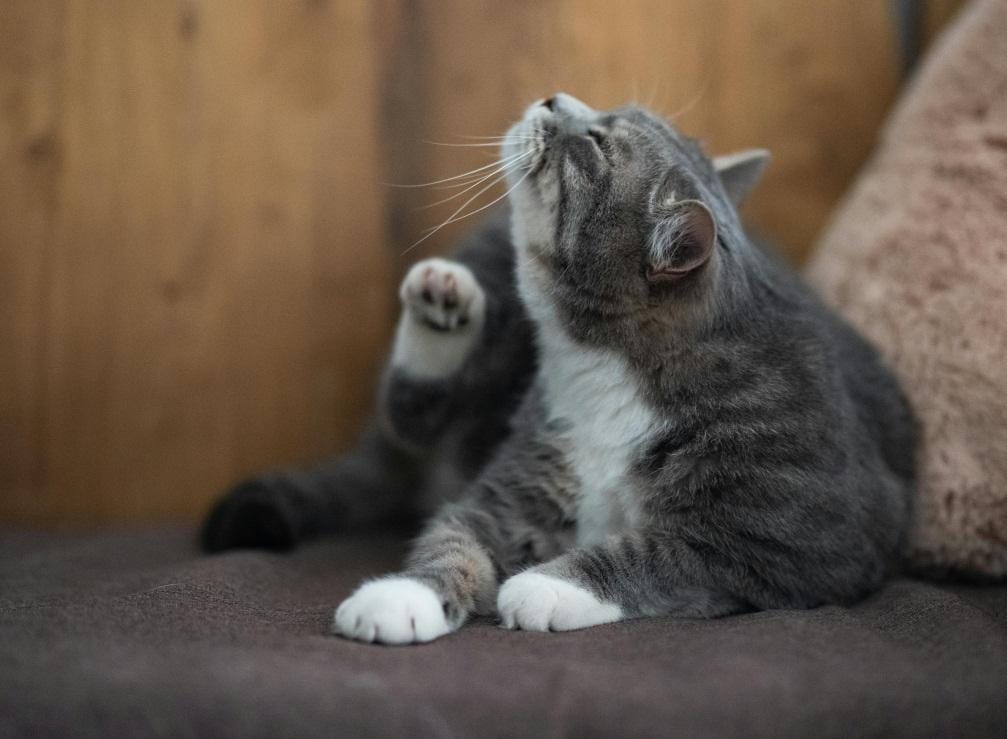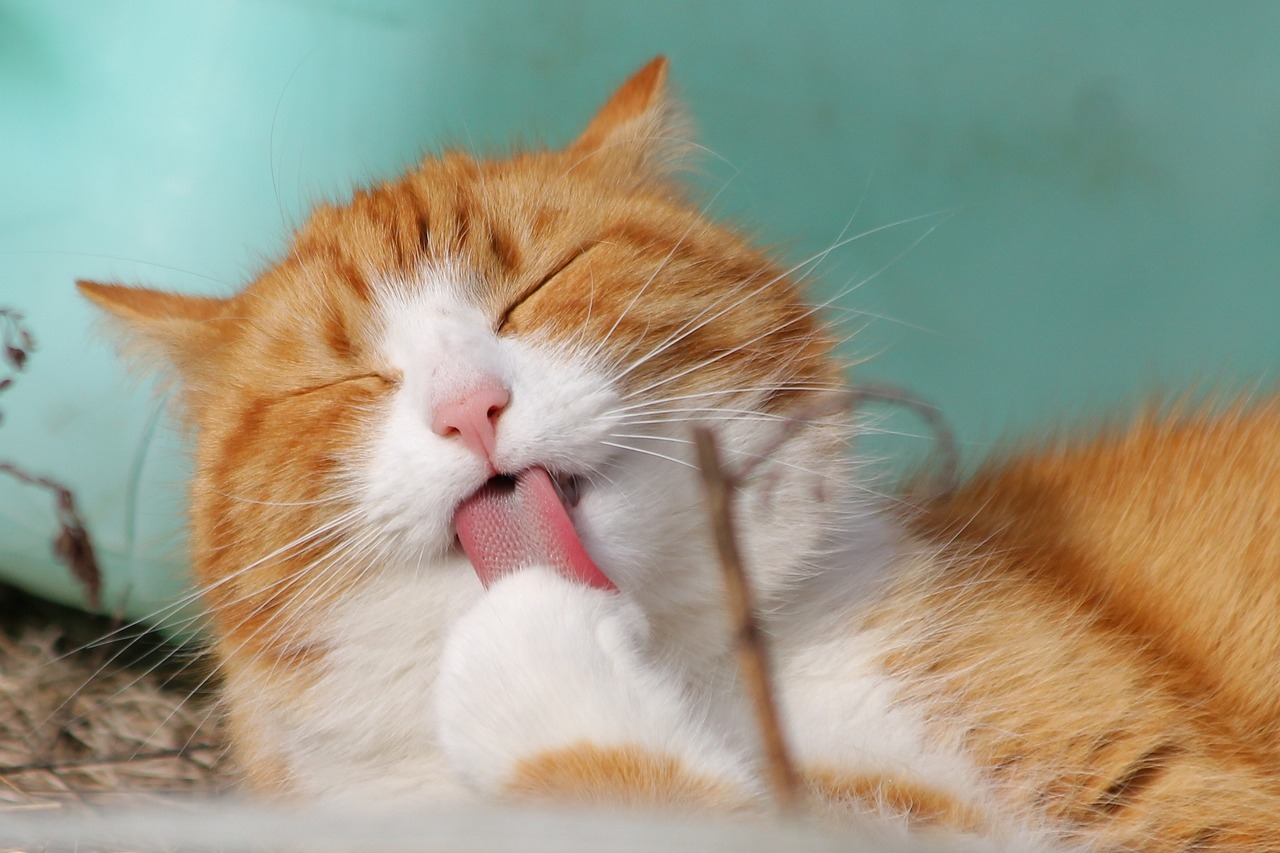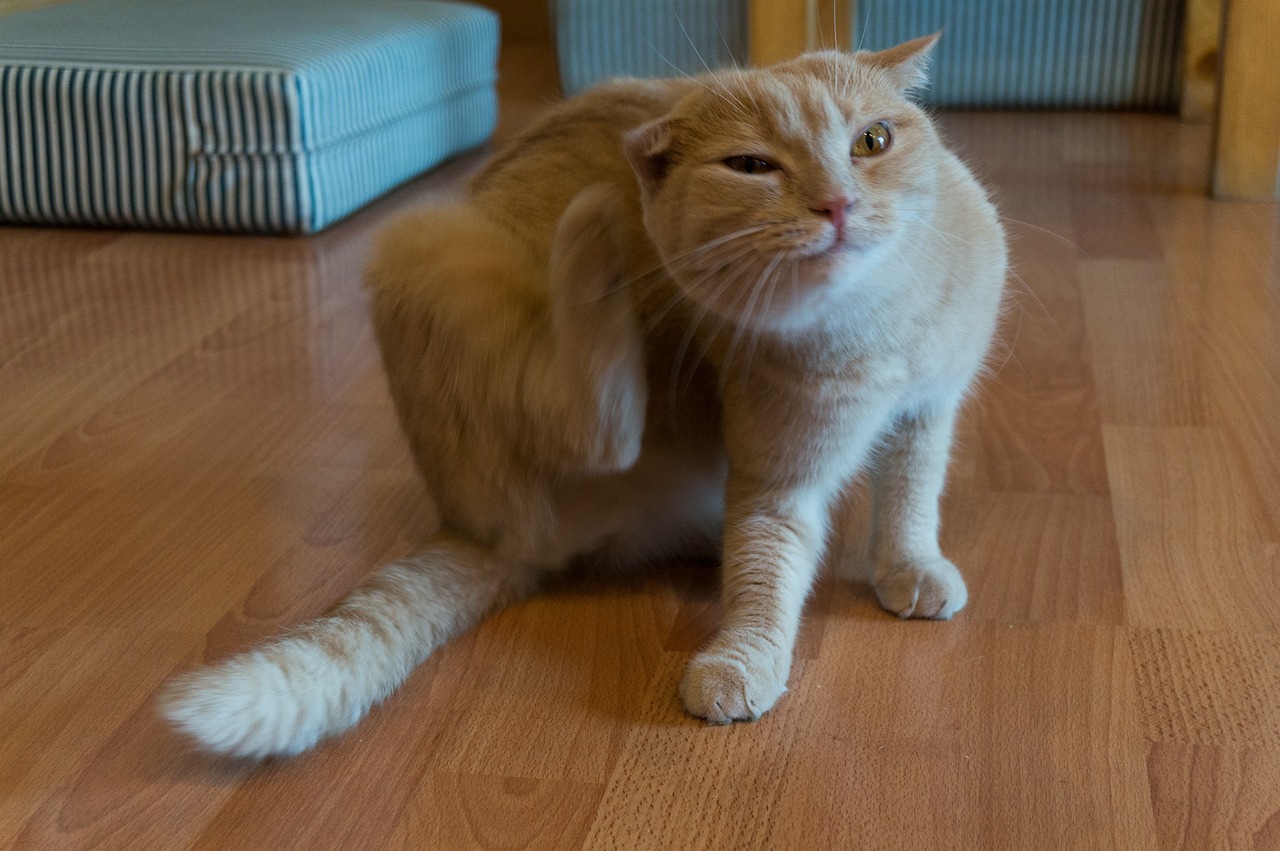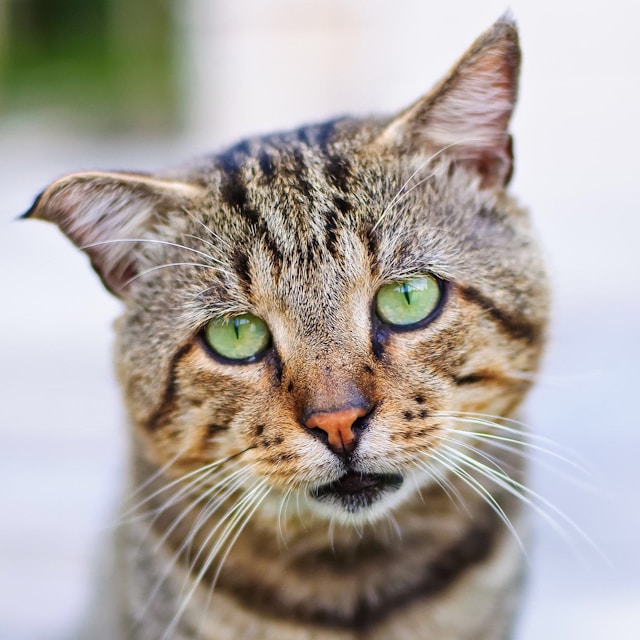Ragamuffin
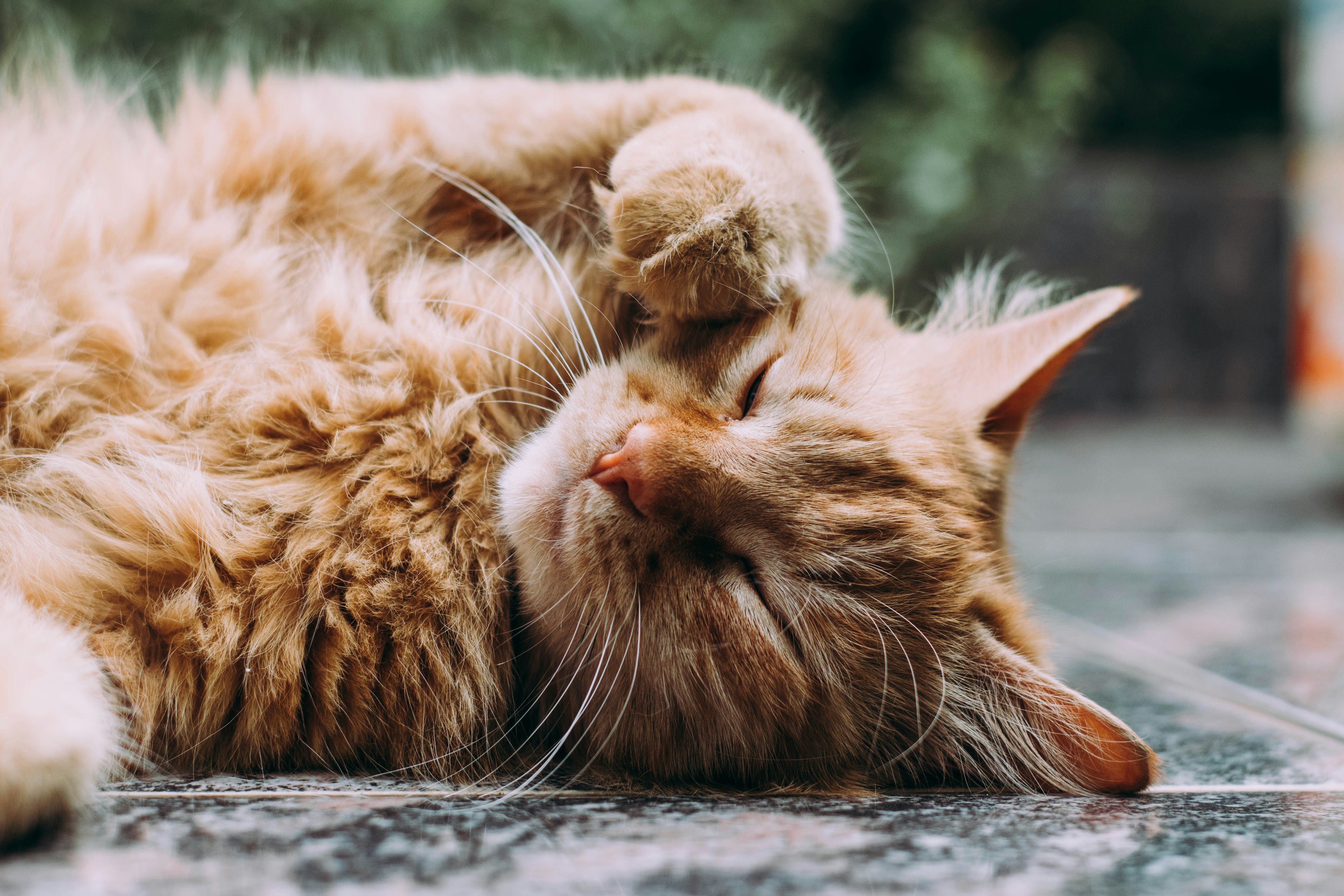
| OFFICIAL NAME | Ragamuffin |
| COMMON NAME | Ragamuffin |
| PET HEIGHT | 10 to 15 inches |
| PET WEIGHT | 10 to 20 pounds |
| LIFESPAN | 12 to 16 years |
| GOOD WITH | cats, children, families, seniors |
| TEMPERAMENT | affectionate |
| INTELLIGENCE | medium |
| SHEDDING AMOUNT | normal |
| PLAYFULNESS | medium |
| ENERGY LEVEL | calm |
| VOCAL LEVEL | when necessary |
| COAT LENGTH | long |
| COLORS | black/ebony, blue/gray, chocolate/brown/sable, cinnamon, fawn, lavender/silver, lilac, red / orange, white |
| OTHER TRAITS | easy to groom, friendly toward humans, friendly toward other pets, friendly toward strangers, good for first-time pet owners, good lap cat, requires lots of grooming, tolerates being picked up |
With their big eyes, big bodies, and big hearts, RagaMuffins love being cuddled and are incredibly patient with kids. They're relatively new to the Cat Fanciers Association registry but have quickly gained popularity for their lap-cat qualities, resembling a cozy weighted blanket come to life.
Appearance
The RagaMuffin is a cat breed that exudes a sense of solidity. They have a square, muscular body covered in medium to long hair that's lush and voluminous. These cats take their time to grow up, reaching full size around 4 to 5 years old. When fully matured, they are pretty large—females typically weigh around 12 pounds, while males can reach up to 20 pounds. Their heads are wedge-shaped with small, pointed ears and large, round eyes that come in shades of blue or green.
The RagaMuffin's fur is incredibly soft, almost like rabbit fur, and feels light and luxurious. Their coats often appear fluffy around the neck, resembling a collar or mane, and also on their tail.
Their coat colors and patterns are highly diverse, ranging from piebald and tortoiseshell to tabby, solid colors, bi-colors, and tricolors.
Personality
You won't find a more easygoing cat than the RagaMuffin. They're often called "the teddy bears of the cat world" for good reason. RagaMuffins are ideal family pets who love nothing more than lounging on your lap or nearby on the couch. They're friendly with other cats, especially their own kind, and they can get along well with cat-friendly dogs, too. Sara Thornton, DVM, secretary of the RagaMuffin Cat Fanciers, notes, "RagaMuffins are laid-back and tend to bond well with children."
These cats excel in their interactions with kids, tolerating being carried, participating in tea parties, and even being pushed in strollers. They often go limp when held, which explains the "rag" in their name. However, each cat has its own preferences, according to Thornton. Despite their calm demeanor, RagaMuffins enjoy playful activities like chasing balls or laser pointers; some can even be trained to play fetch. They're not known for climbing curtains, though, as they tend to be on the lazy side.
Dr. Carol Margolis of the Gold Coast Center for Veterinary Care notes that many newer cat breeds are designed for specific desirable behaviors. RagaMuffins, however, are simply undemanding companions who are great for seniors or people with mobility issues. They're happy to entertain themselves and are perfectly content being lap cats.
Living Needs
Thornton believes that RagaMuffin cats thrive anywhere as long as they receive plenty of love and attention from their human companions.
If you're wondering whether RagaMuffin cats can go outside, according to the CFA, the answer is no. Due to their relaxed and trusting personalities, RagaMuffins are best kept indoors to avoid potential dangers. Their friendly and gentle nature can make them vulnerable to various outdoor risks. If your RagaMuffin shows interest in going outside, consider leash training or providing a catio where they can safely enjoy the outdoors.
Because RagaMuffins are known for their affectionate nature and love for human company, they don't do well in isolation. If you're away from home frequently, Thornton suggests considering another pet as a companion to help prevent stress and loneliness.
"A RagaMuffin thrives on companionship," Thornton emphasizes. "They truly enjoy being with their people."
Care
Caring for a RagaMuffin cat involves managing its long and thick coat, which sheds regularly. Despite this, grooming is straightforward, according to Thornton, requiring only a quick brush with a slicker brush twice a week. It's also essential to monitor their ears, eyes, and teeth. Their long fur can sometimes lead to issues like eye gunk or ear infections if not kept clean.
Like any cat, regular nail trimming, maintaining a clean litter box, and scheduling routine vet visits are crucial for ensuring your RagaMuffin's health and happiness.
Health
The RagaMuffin is a robust breed known for its longevity, often up to 18 years. Like all cats, they can be prone to common issues such as kidney disease and heart problems as they age. Additionally, their size can lead to arthritis and patellar luxation, so it's essential to monitor these potential joint issues carefully.
Managing your RagaMuffin's diet is crucial throughout their life. While they aren't especially prone to obesity, their large build means even a few extra pounds can pose health risks. Regulating their food intake and avoiding free-choice feeding is recommended to prevent overeating.
"Many pets today are overweight," advises Margolis. "If you choose to free-feed, I suggest offering only their daily recommended calories to maintain a healthy weight."
Exercise Requirements
"Many people who spend time with Ragamuffin cats often find them to be quite laid-back. Unlike some other cat breeds that are playful and active, Ragamuffins typically aren't keen on running around or initiating games on their own. They might occasionally join in if a friend starts playing, but they generally prefer a more relaxed lifestyle. As a result, Ragamuffins don't naturally get a lot of exercise, and owners may need to encourage short play sessions once or twice a day to help keep them active."
Training
Ragamuffins are intelligent and can be taught tricks, but training isn't essential for a loving bond. For those who want to train them, Ragamuffins can learn commands like coming when called or going to bed. Training them effectively takes patience, kindness, and rewarding good behavior.
History
The RagaMuffin breed was developed by Ann Baker, who also created the ragdoll breed, starting in the 1960s with a domestic longhair cat named Josephine. Unlike traditional breeding groups, Baker formed her own registry called the International Ragdoll Cat Association (IRCA) in 1971. Cats registered with IRCA must meet specific breed standards and cannot be registered with any other breeding association.
In 1992, some breeders parted ways with IRCA because they couldn't use the term "ragdoll" due to Baker's trademarks. They decided on the name "RagaMuffin" instead. The Cat Fanciers' Association recognized the RagaMuffin breed in 2003 and granted it champion status in 2011.
One notable difference between RagaMuffins and ragdolls is their coat. Ragdolls have color-pointed coats, while RagaMuffins come in various colors and patterns. However, color-pointed RagaMuffins, although accepted by the CFA, are not allowed to participate in shows due to their similarity to ragdolls.
Fun Facts
RagaMuffins almost ended up with a different name altogether. Initially, there was a suggestion to call these cats "lieblings," which means "darling" in German. Both RagaMuffins and Ragdolls are occasionally referred to as "Daughters of Josephene," honoring the cat credited as the progenitor of the ragdoll breed.
Get insurance plans with wide-ranging coverage options








